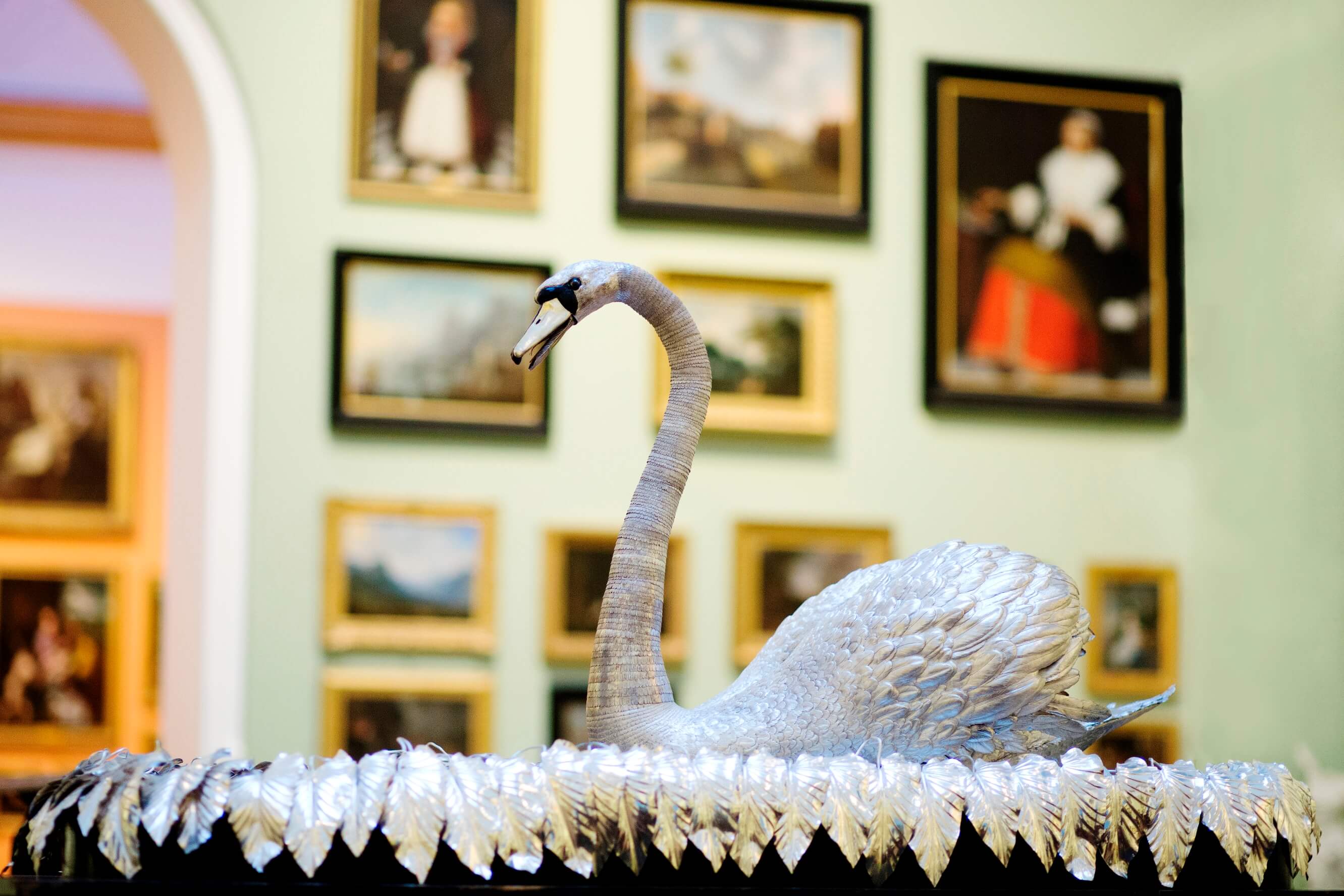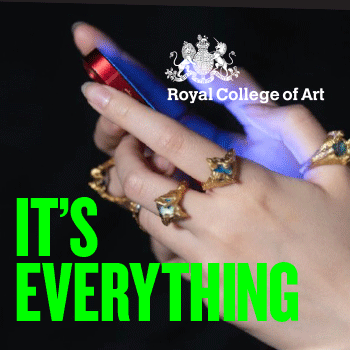A Silver Emblem Swans Into The Bowes Museum
Silver Swan Automation To Visit Science Museum, London
Reading Time:
1 min {{readingTime}} mins
The much loved Silver Swan automaton - the emblem of The Bowes Museum at Barnard Castle - is to migrate to the Science Museum in London. The unique, life-size musical automaton will make the journey south in the New Year, where it will take its place as one of the star attractions in the Science Museum’s 2017 blockbuster exhibition, Robots.
It will be the first time this culturally important artefact has left The Bowes Museum since its purchase in 1872 by the Museum founders, John and Joséphine Bowes. They had earlier seen it at the Paris Exhibition of 1867, where it was also viewed by American author Mark Twain, who later described it in his novel The Innocents Abroad.
Dating from around 1773, the Swan is the only one of its kind in the world, its performances having enchanted audiences through a span of four different centuries. It was first recorded in 1774 as a crowd puller in the Mechanical Museum of James Cox, a London showman and dealer. Its internal workings – controlled by three separate clockwork mechanisms – are attributed to John-Joseph Merlin, the Belgian horologist and famous inventor of the time who, amongst other things, gave the world the rollerskate.

Accompanying the Swan south will be Matthew Read, who will be overseeing the move along with The Bowes Museum’s Object Conservator, Karen Barker. Matthew is Conservation of Clocks Programme Leader at West Dean College in Sussex, and the only Institute of Conservation (ICON) Accredited Conservator in the UK currently teaching horology.
In 2008 he and Karen worked together in full view of the public on a major, award winning, conservation project of the Silver Swan which made headlines around the world.
The swan is life-size and is controlled by three separate clockwork mechanisms. The Silver Swan rests on a stream made of twisted glass rods interspersed with silver fish. When the mechanism is wound up, the glass rods rotate, the music begins, and the Swan twists its head to the left and right and appears to preen its back. It then appears to sight a fish in the water below and bends down to catch it, which it then swallows as the music stops and it resumes its upright position.
Adrian Jenkins, Director of The Bowes Museum, said: “The Swan is an internationally recognized icon of The Bowes Museum, like the Canaletto’s or the El Greco, and we’re delighted that visitors to the Science Museum will, for a short period, be able to see its captivating performance.”
_1.jpg) The Museum’s Head of Collections, Jane Whittaker, echoed his thoughts, saying: “This is a wonderful opportunity to show the Silver Swan in an entirely different context in the Science Museum’s exhibition; it will give those who see it pause for reflection on the sheer scale of achievement in its design and workmanship and on what it says about the time of its creation in the late eighteenth century – literally astonishing!. . . . .”
The Museum’s Head of Collections, Jane Whittaker, echoed his thoughts, saying: “This is a wonderful opportunity to show the Silver Swan in an entirely different context in the Science Museum’s exhibition; it will give those who see it pause for reflection on the sheer scale of achievement in its design and workmanship and on what it says about the time of its creation in the late eighteenth century – literally astonishing!. . . . .”
Ben Russell, Lead Curator of the Science Museum’s Robots exhibition said: “We are thrilled that the Silver Swan - one of the greatest 18th-century automatons - will be part of our Robots exhibition. The Swan is an amazing evocation of life, and makes us reflect on our endless fascination with replicating living things in mechanical form.”
Robots opens at the Science Museum from 8 February to 3 September 2017, before touring the UK and internationally until 2022. The Silver Swan will be on public display in the Robots exhibition for six weeks, from 8 February until 23 March 2017. The Swan will go back on show at The Bowes Museum in time for Easter and the commencement of the Museum’s 125th anniversary celebrations which begin in June 2017.
To find out more, please visit: www.thebowesmuseum.org.uk
Author:
Published:









